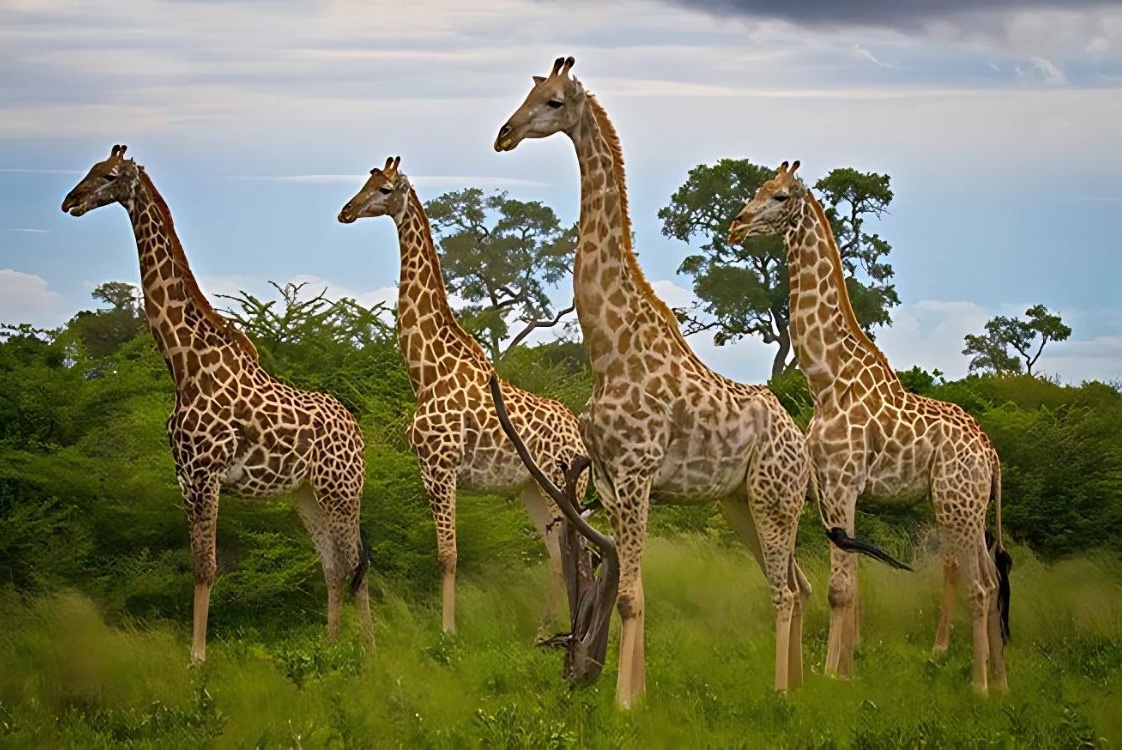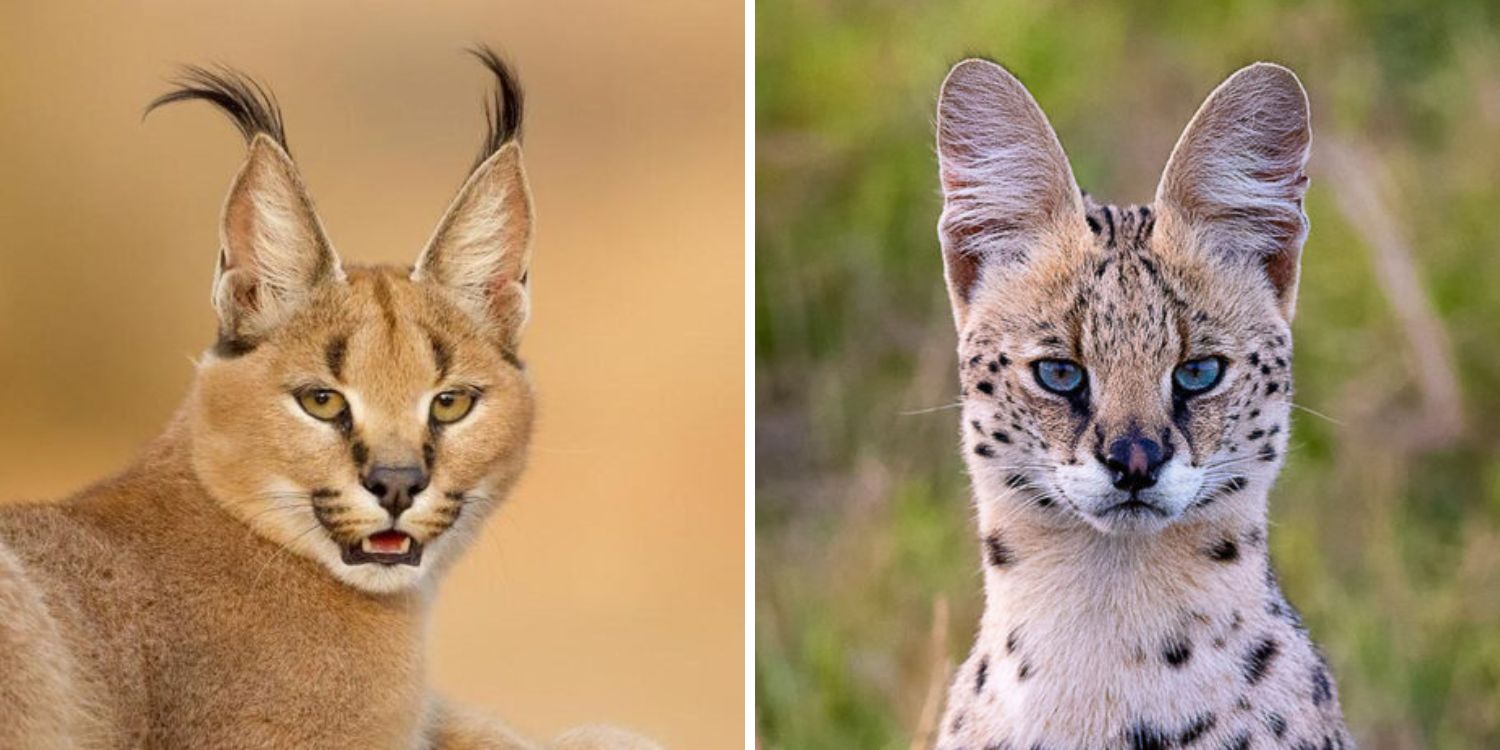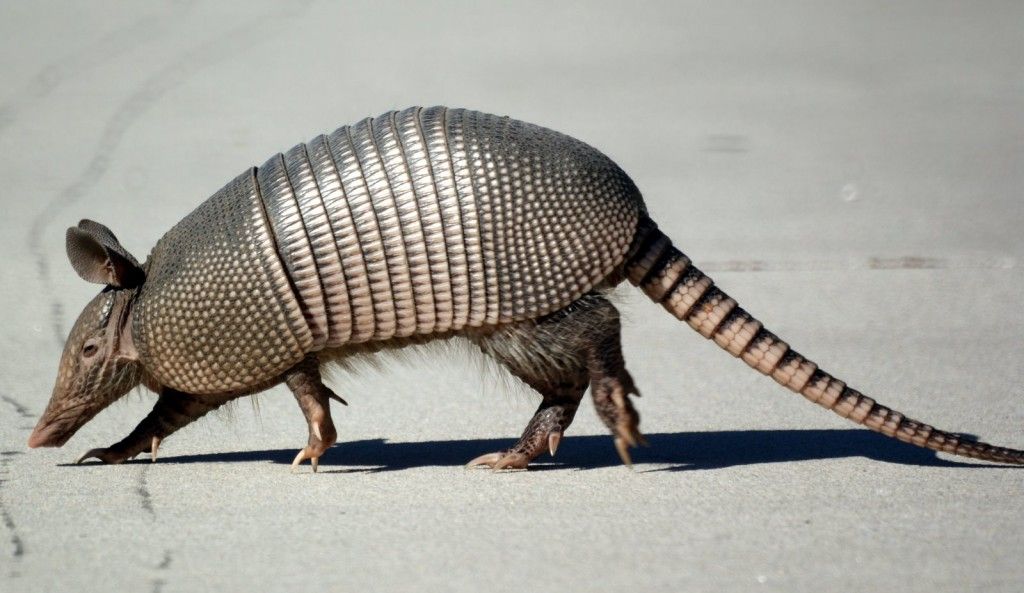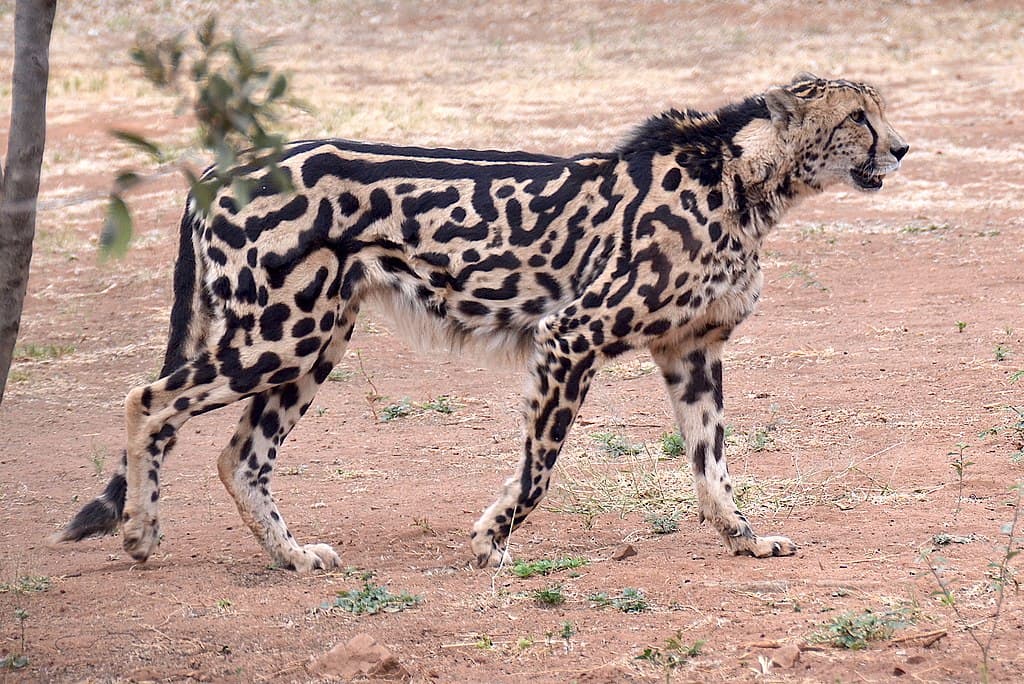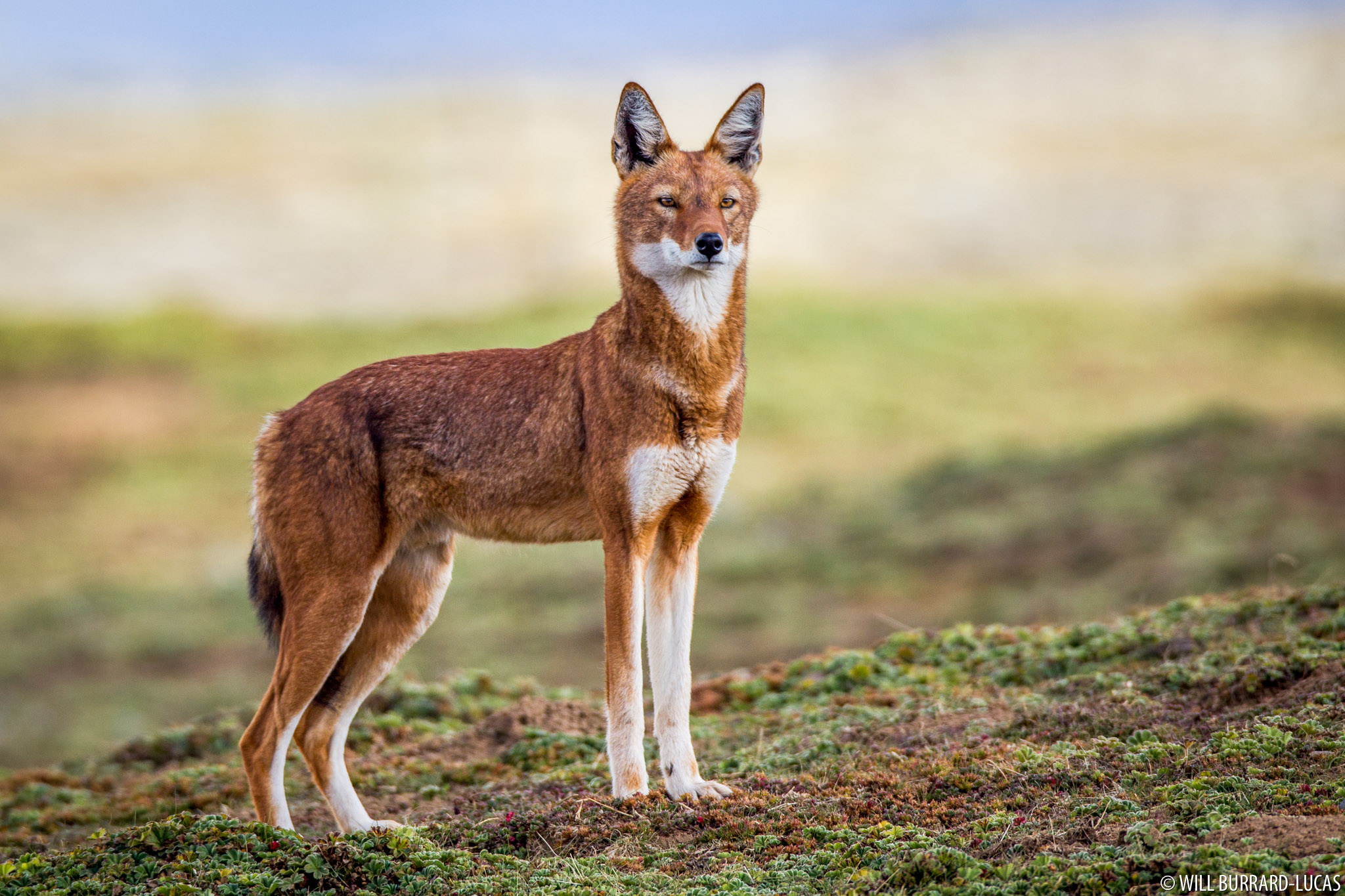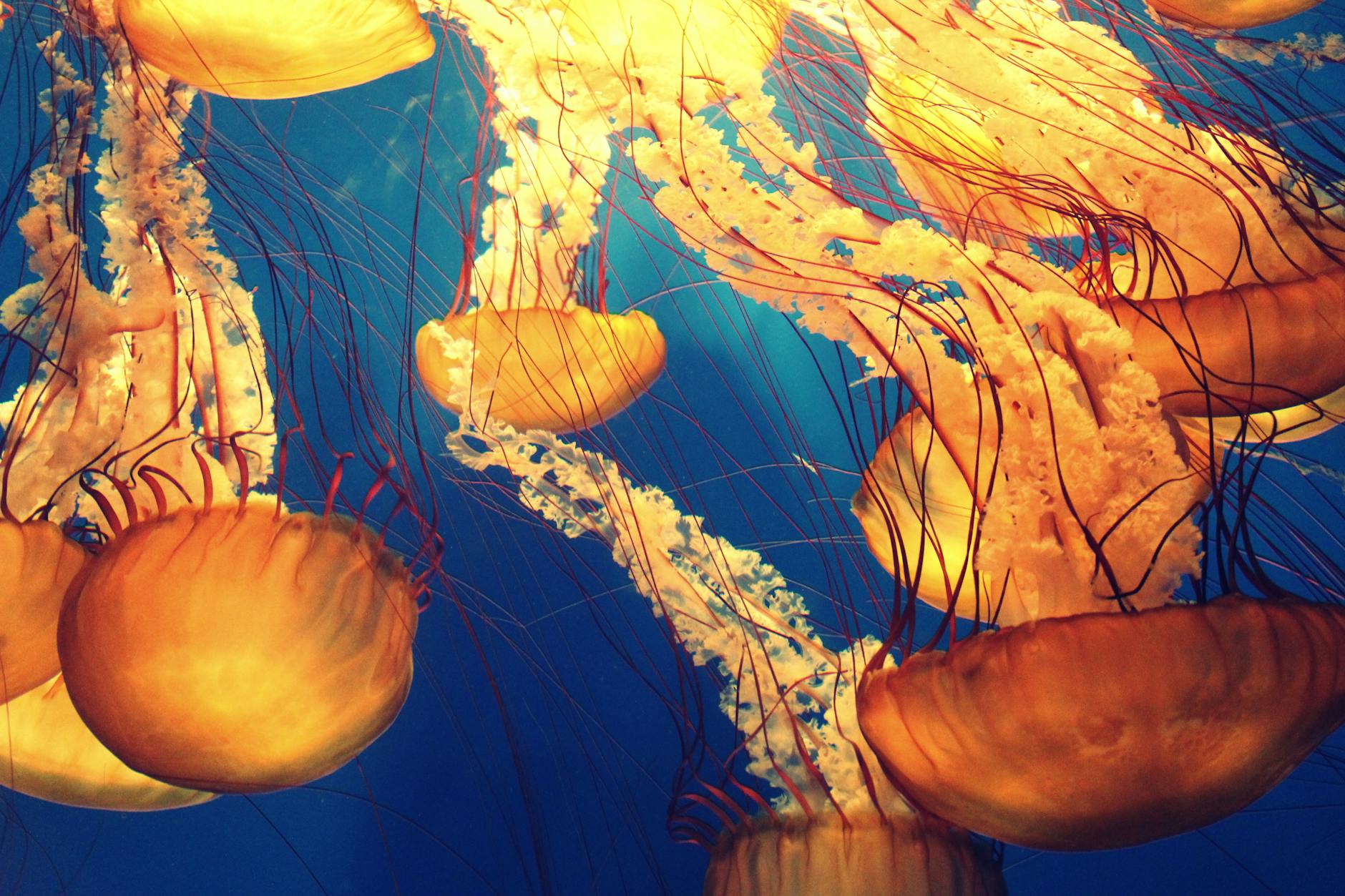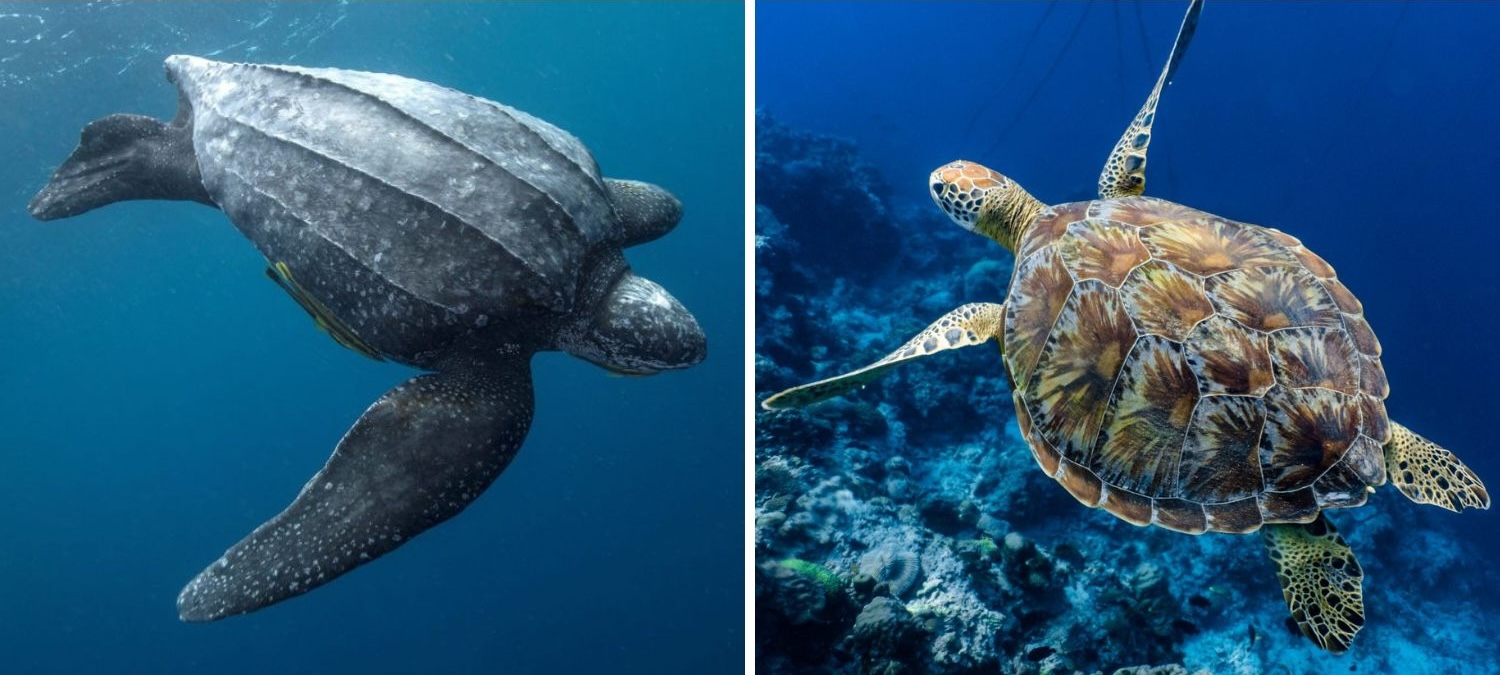
Sea turtles have roamed the world’s oceans for over 100 million years, and among the most fascinating of these ancient mariners are the leatherback turtle and the green sea turtle. Though they both belong to the same broad sea turtle family, these two species are quite different in appearance, behavior, and habitat. Let’s dive in and explore what sets them apart—and what they have in common.
Quick Snapshot
| Feature | Leatherback Turtle | Green Sea Turtle |
|---|---|---|
| Scientific Name | Dermochelys coriacea | Chelonia mydas |
| Size | Up to 7 ft (2.1 m), 2,000 lbs (900 kg) | Up to 4 ft (1.2 m), 400 lbs (180 kg) |
| Shell Type | Soft, leathery with ridges | Hard, smooth shell |
| Color | Dark gray/black with white spots | Brown/olive shell, yellowish underside |
| Diet | Jellyfish and soft-bodied invertebrates | Seagrass and algae (herbivore) |
| Range | Found in all oceans, including cold waters | Tropical and subtropical oceans worldwide |
| Conservation Status | Vulnerable (some populations critically endangered) | Endangered |
Size and Shell Differences
The leatherback is the largest of all sea turtles and the only one without a hard shell. Instead, it has a flexible, rubbery carapace with seven distinct ridges running the length of its back. This unique design allows it to dive deeper than any other turtle—over 4,000 feet!
In contrast, the green sea turtle has the classic turtle look: a hard, smooth shell and a more modest size. It’s still impressive, but it’s significantly smaller than the leatherback.
What’s for Dinner?
Diet is one of the most striking differences between these two turtles:
- Leatherbacks are specialized jellyfish hunters. Their delicate, scissor-like jaws are designed to catch and consume soft-bodied animals. They can eat their weight in jellyfish in a single day!
- Green sea turtles, on the other hand, are one of the only herbivorous sea turtles. Adults feed almost exclusively on seagrass and algae, which gives their body fat a greenish color—hence the name.
Where Do They Live?
Leatherbacks are true globetrotters. They have the widest range of any sea turtle and can survive in colder waters thanks to their thick layer of fat and ability to regulate body temperature. You’ll find them in the Atlantic, Pacific, and even near the Arctic Circle.
Green turtles prefer warmer waters and are often seen in coastal areas with coral reefs and seagrass beds. They’re especially visible in places like Hawaii (where they’re called honu), Florida, the Caribbean, and Southeast Asia.
Nesting and Life Cycle
Both species return to land to nest, often traveling thousands of miles to lay their eggs on the beaches where they were born.
- Leatherbacks tend to nest in tropical regions like Trinidad, Costa Rica, and West Africa. Their hatchlings are among the largest of any turtle.
- Green turtles nest on beaches in Hawaii, Australia, Costa Rica, and Oman. Hatchlings emerge en masse, usually at night, and make a mad dash for the sea.
Cultural and Ecological Roles
- In Hawaiian culture, green sea turtles (honu) are symbols of peace, longevity, and guidance. They are a beloved part of local ecosystems and traditions.
- Leatherbacks are less culturally symbolic but are critical jellyfish predators, helping control jellyfish blooms that can disrupt marine balance.
Conservation Challenges
Both turtles are threatened by human activity, including:
- Plastic pollution (leatherbacks mistake bags for jellyfish)
- Bycatch in fishing gear
- Climate change affecting nesting success
- Coastal development and habitat loss
Fortunately, international conservation efforts, marine protected areas, and local education programs are helping protect these gentle giants.
Final Thoughts
While both the leatherback and green sea turtle are extraordinary in their own right, each plays a unique role in our oceans. One is a cold-water wanderer that dives deep for jellyfish; the other, a sun-loving grazer that keeps seagrass meadows healthy.
By understanding and respecting their differences, we can better protect both species—and ensure that future generations get to marvel at these ancient sea travelers.
Disclaimer: This blog post is for edutainment purposes only and may not be entirely accurate.

